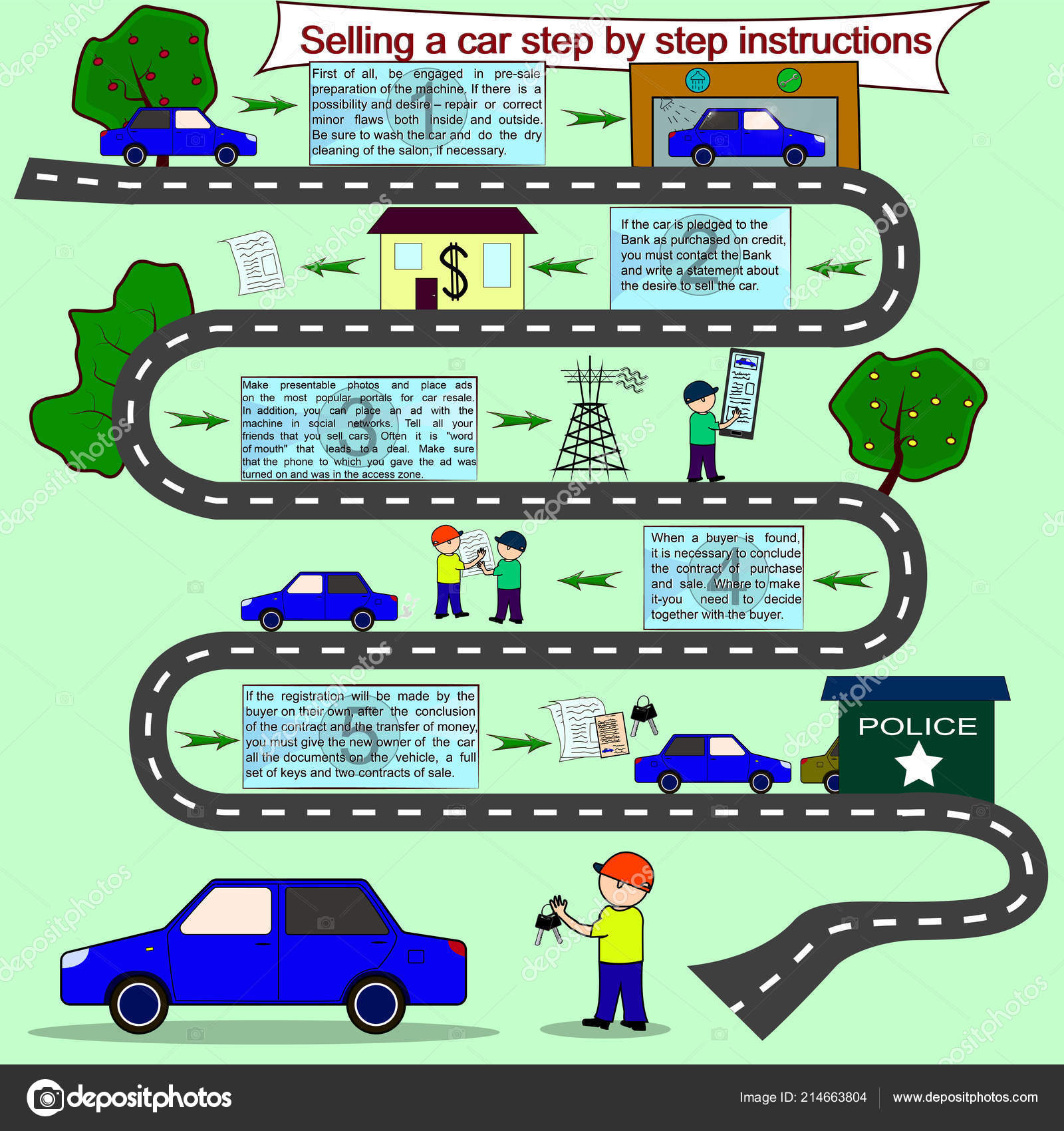Recognizing Your Vehicle'S Caution Lighting: What Do They Actually Mean?
Recognizing Your Vehicle'S Caution Lighting: What Do They Actually Mean?
Blog Article
Write-Up Produced By-Sykes Shepherd
When you lag the wheel, those beautiful warning lights on your dashboard can be a little bit bewildering. Do https://thedailymiaminews.com/2022/01/17/struggling-with-auto-repair-read-these-tips understand what they're attempting to tell you about your cars and truck's health? Understanding the significance of these lights is important for your safety and security and the long life of your automobile. So, the following time among those lights appears, would not you want to understand its message accurately and take the required steps to address it?
Common Caution Lights and Interpretations
Recognize typical warning lights in your car and understand their definitions to make sure safe driving.
The most typical caution lights consist of the check engine light, which signifies problems with the engine or discharges system. If this light comes on, it's essential to have your automobile inspected quickly.
https://troyoidxr.elbloglibre.com/31159146/discover-the-necessary-actions-to-locating-a-trusted-vehicle-service-center-that-will-maintain-your-vehicle-in-leading-shape-your-car-should-have-the-very-best advising light shows low oil pressure, calling for instant attention to prevent engine damage.
A blinking battery light might recommend a damaged charging system, possibly leaving you stranded if not resolved.
The tire pressure monitoring system (TPMS) light informs you to reduced tire stress, affecting car security and gas performance. Neglecting this might cause hazardous driving conditions.
The abdominal light suggests an issue with the anti-lock braking system, endangering your capability to quit promptly in emergency situations.
Finally, the coolant temperature level alerting light warns of engine getting too hot, which can result in extreme damages otherwise fixed quickly.
Understanding these typical warning lights will certainly assist you attend to concerns promptly and preserve safe driving conditions.
Significance of Prompt Attention
Recognizing the common caution lights in your automobile is just the very first step; the value of without delay addressing these warnings can not be emphasized sufficient to guarantee your safety and security on the road.
When a caution light brightens on your control panel, it's your auto's method of connecting a possible problem that requires interest. Ignoring these cautions can result in much more severe issues later on, endangering your safety and potentially costing you more out of commission.
Prompt interest to advising lights can stop breakdowns and mishaps. As an example, a blinking check engine light might show a misfire that, if left unattended, might cause damages to the catalytic converter. Resolving this quickly can save you from a costly repair service.
Similarly, a brake system cautioning light might signify reduced brake liquid or used brake pads, essential parts for your safety when driving.
Do It Yourself Troubleshooting Tips
If you discover a caution light on your control panel, there are a few DIY repairing tips you can try before seeking expert help.
The first step is to consult your auto's handbook to recognize what the specific warning light shows. Occasionally the issue can be as simple as a loosened gas cap activating the check engine light. Tightening the gas cap may solve the trouble.
Another common concern is a reduced battery, which can trigger various alerting lights. Examining the battery links for corrosion and ensuring they're safe and secure may repair the issue.
If a caution light continues, you can try resetting it by disconnecting the auto's battery for a few minutes and then reconnecting it. Furthermore, inspecting your lorry's liquid levels, such as oil, coolant, and brake fluid, can assist troubleshoot advising lights related to these systems.
Conclusion
To conclude, understanding your car's warning lights is essential for maintaining your car running efficiently and safely. By without delay attending to these alerts and recognizing what they indicate, you can prevent costly repair services and potential malfunctions.
Bear in mind to consult your car's handbook for specific details on each warning light and do something about it appropriately to ensure a hassle-free driving experience.
Stay educated, remain secure when traveling!
